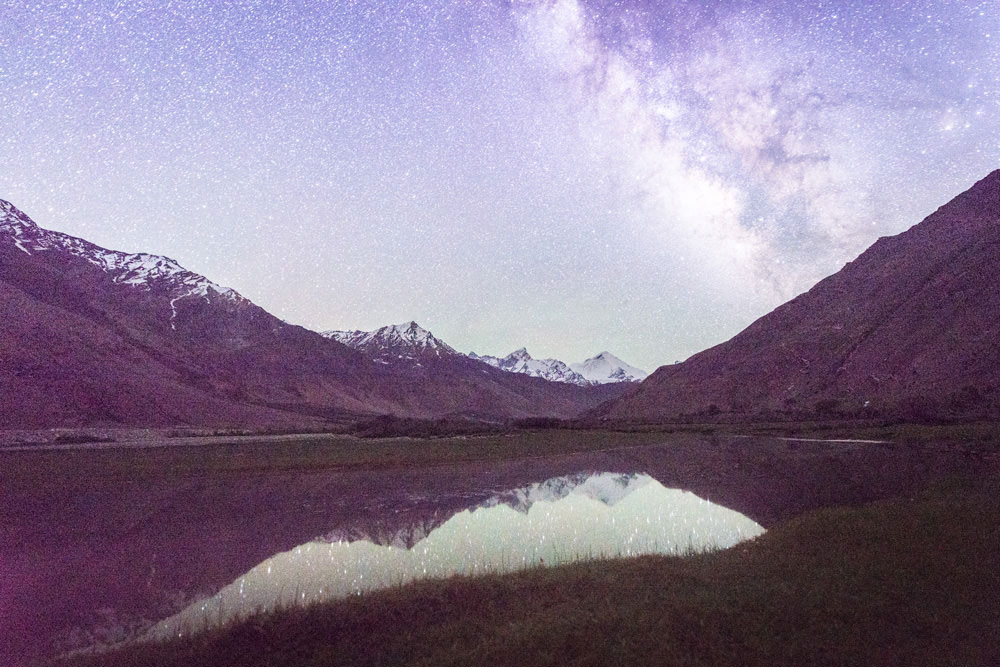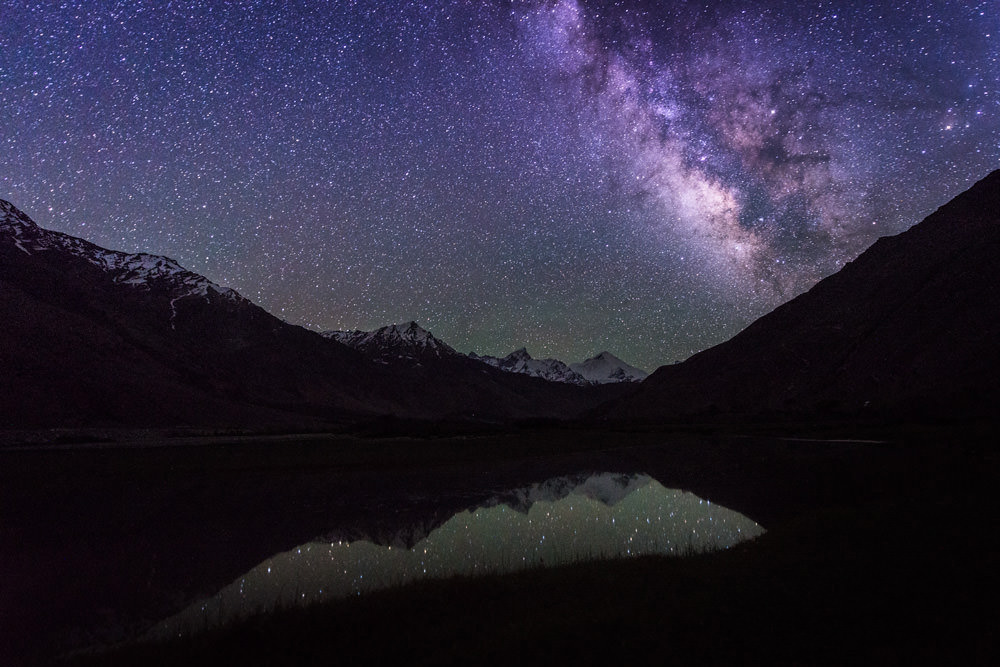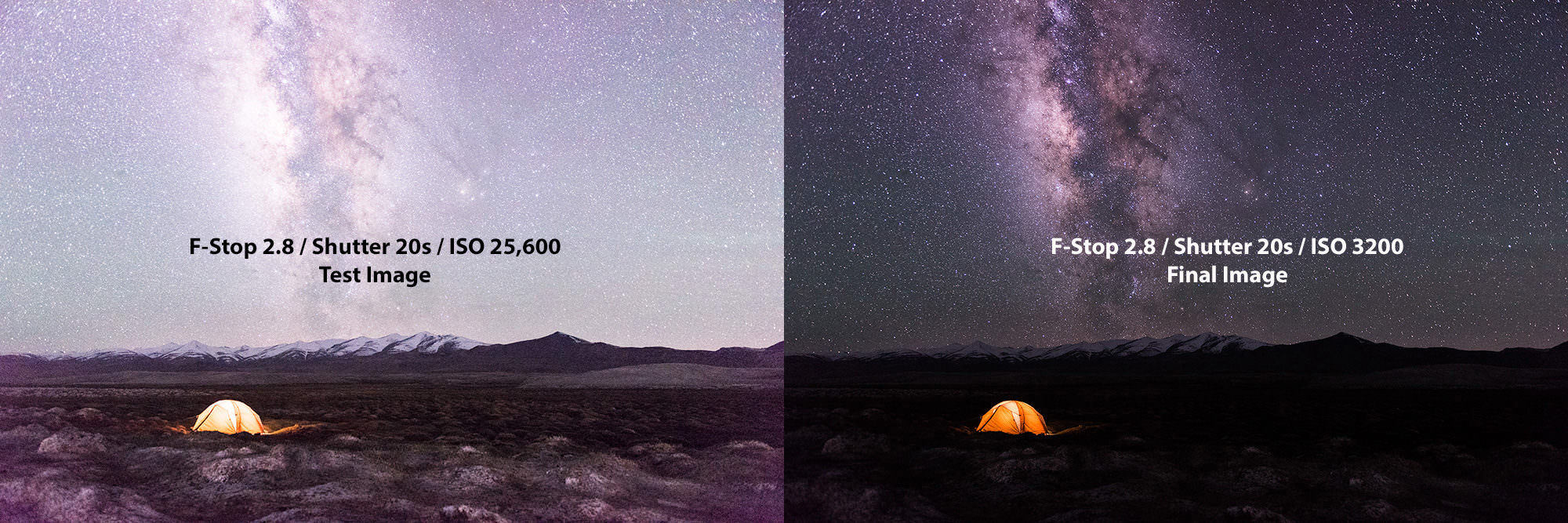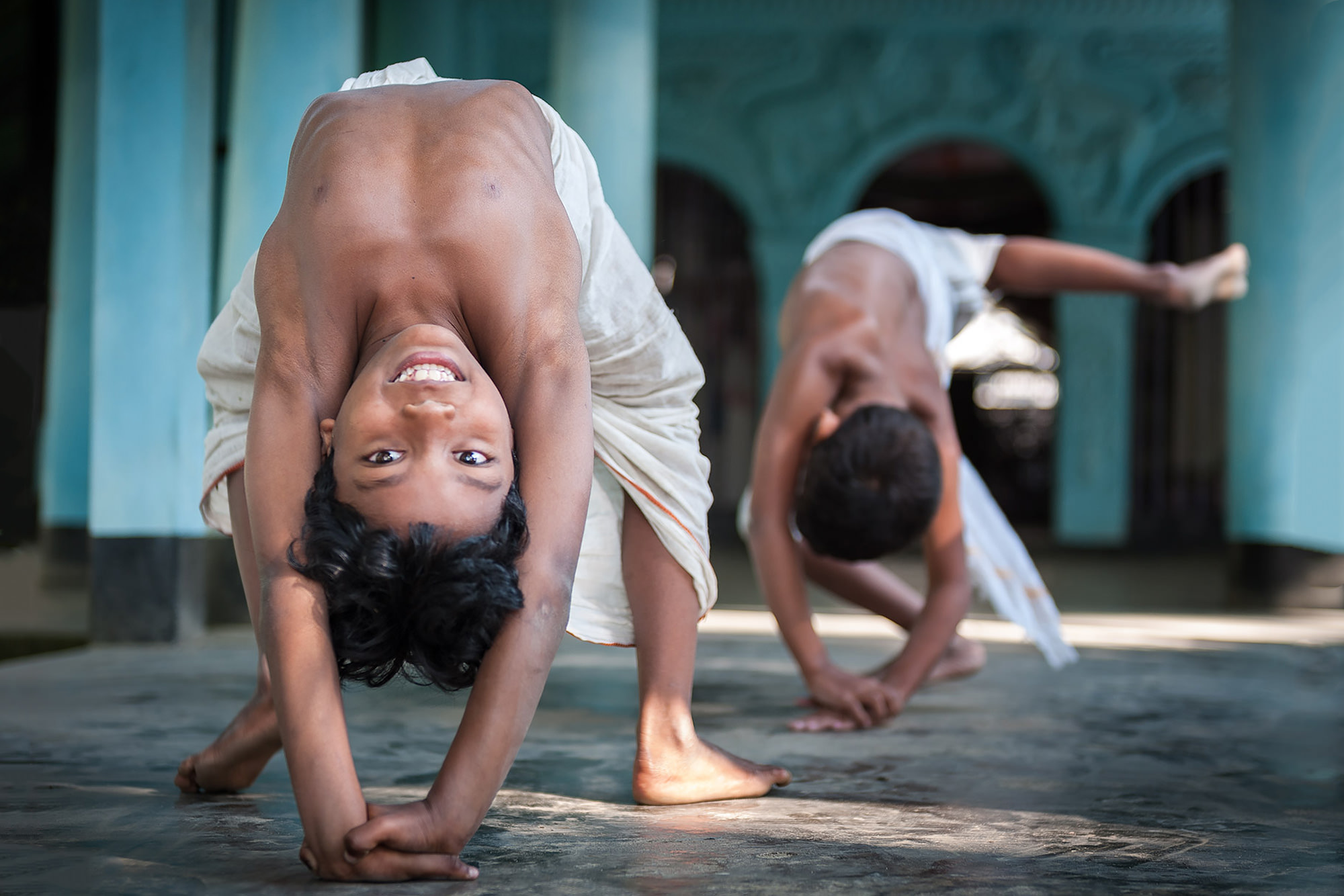How to Focus & Compose Photos at Night
We all love to see stars in dark nights, If you are a night lover and love to shoot night pictures, the first question is in mind how to focus when you really can not see anything through the viewfinder on a dark night. Focus and Composition is the biggest problem for night lovers.
So I would like to give you quick workaround in such situations when you land-up at last moment on location, where you don’t have time to set up your camera equipment and composition during good light source.
One of the most difficult tasks is to compose your photos the way you are looking for and how you really want. And everyone knows what is a reason behind it. It is simply as one can not see as it is too dark to see with open eyes and how will find your composition through a viewfinder on your DSLR cameras. Even if you can find some ways to focus and compose shot its way time taking the process to see the final result as most all of us shoot 20 – 30 seconds exposure. And everything you do not have enough time to do experiments as you might lose your time and right light on compositions. And another painful task is to wait for 20-30 seconds on each shot, keep doing trial and error. So now the question is what is the best way to handle such situations.
Imagine a condition where you are in high mountains in freezing cold winter night where the temperature is dropping to 30 below zero degrees and wind is hauling at 20-30 kilometres speed. And yes most of the time I shoot Milkyway, stars and stars trail in such conditions which gave me a push to find a quick way to handle it.
So here is the best way to handle is ISO, nowadays all most all good DSLR gives the capability to shoot with very high ISO, between the range of 100 to 1,28,000 or more, so why one can not use this as a start point to reduce the time on trial-error and composition for getting a better final result.
Steps Generally I follow in such cases.
- Set camera manual mode which is basic for your night photography (Tips For Night Photography)
- High ISO may be a boost to whatever is max or suitable for as light availability.
Some of the practical examples, though you need to do some trial and error to find the correct composition and sharp image. But the main aim is to save your time before you end up with incorrect light conditions for your competitions on the field.
Typical settings when on start with Milkyway is somewhere around.
- F-Stop 2.8, Exposure time 20 seconds, ISO 1600
To start with the first shot, this is what I do before arriving at the final composition and getting on perfect composition for my night images.
That means every shot you take and you spend 20 seconds for every result just for trial/error, which is really annoying in bitterly cold weather.
- F-Stop 2.8, Exposure time 4 seconds, ISO 12,800
This will save your 16 seconds on the field in such bitterly cost weather which means a lot.
- F-Stop 2.8, Exposure time 1 second, ISO 25,600
This will save your 19 seconds, which means its almost instant result with you to make corrections. This makes sense to save your camera battery during trial and error, sensor durability and most important is time on the field.
Before you arrive at final image result all test images will look really horrifying but don’t worry as those are just a test before getting on to right exposure results so don’t worry much and scrap them.
When it comes to me, I take a really good amount of time before arriving on the final result in terms of night images. Most of the time I reach the location on well time so I can check my composition during good light and keep it ready for night shots. Little preparation will help a lot with the final result without worrying much about the final composition. But this is a really useful trick which I use to do a quick workaround on the field where your travelling/camping partner is no photographer and unromantic, where s/he does not want to give you company in the dark night.
How to focus? It’s easy to set your lens to infinity, little trial and error you will be able to get a sharp image, if you have some shiny object like a tent, please focus on that.
If you use some other tricks do share here in the comment area which helps me to learn from you and can improve my style of night photography.
Here is a list of equipment for night photography – My Camera Gears

How to Focus & Compose Photos at Night – Test Image on High ISO (Camera: Nikon D810 /Nikkor 16-35 mm F4 / S30 / F4 / ISO 25,600)



Sir how to focus in dark night?
Set your lens to infinity and little trial and error you will find share most images.